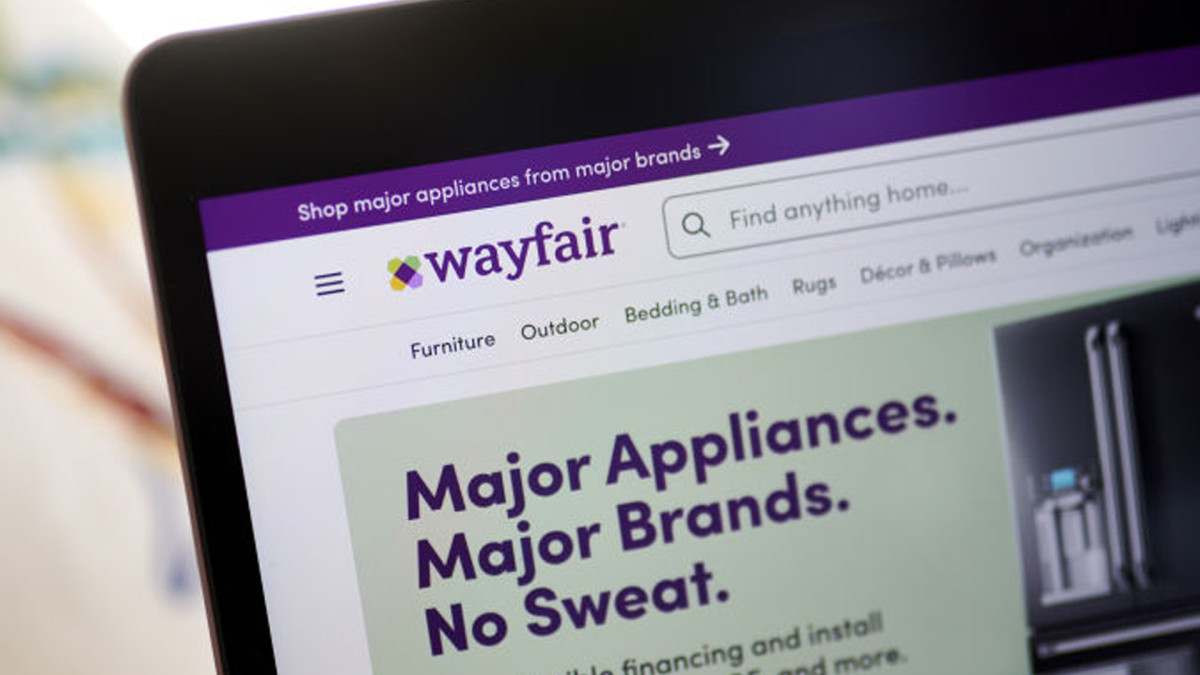Wayfair (W) s continuing to spot a concerning shift in customer behavior, despite recently generating higher profits, and the company hopes a new tactic will reverse the trend.
In Wayfair’s second-quarter earnings report for 2025, it revealed that it generated $3.3 billion in total net revenue during the quarter, which is 5% higher than what it earned during the same quarter last year.
💵💰Don't miss the move: Subscribe to Link News's free daily newsletter 💰💵
The average order value during the quarter was $328, an increase from $313 in the second quarter of 2024.
Related: Wayfair announces a harsh decision amid declining sales
However, the company’s total number of active customers decreased by 4.5% year-over-year. Also, only 80.7% of repeat customers placed orders during the second quarter, down from the 81.7% that placed orders during the same time period last year.

Wayfair CEO sounds alarm on a major problem impacting sales
During an earnings call on Aug. 4, Wayfair CEO Niraj Shah said demand for home goods has improved but remains weak, despite the company’s prices remaining “relatively consistent” with the previous quarter.
“If you look at the demand level in the category, you’ve got three years where it went down by kind of significant amount per year, and now you have it kind of flat to down,” said Shah. “... So that’s not a strong environment.”
Shah confirmed that low housing turnover rates and existing home sales in the U.S. are among the main factors contributing to weak demand.
Related: Amazon pulls the plug on a free service for customers
U.S. home prices have increased over the past few years, eating away at housing affordability. In the second quarter of 2025, the average home sales price reached $512,800, which is 38% higher than the average in the second quarter of 2020.
In response to rising home prices, consumers have been avoiding purchasing new homes, which has impacted the home goods category.
According to a weekly survey from the Mortgage Bankers Association, mortgage applications decreased by 3.9% from the previous week, while mortgage rates remained at almost 7%.
Wayfair has a plan to win back customers
To help shore up consumer demand, Wayfair is focused on improving the customer experience to keep shoppers away from rivals by further investing in technology and new programs.
Specifically, it will focus on rolling out new artificial intelligence-powered features to make shopping more seamless for customers and inventory management easier for suppliers.
Wayfair is also relying on its new paid loyalty program, Wayfair Rewards, which launched last year, to boost orders and traffic on its website.
More Retail:
- Target has another big problem amid alarming customer behavior
- Dollar General announces big store change to win back customers
- Amazon pulls the plug on a free service for customers
“The initial excitement we saw for Wayfair Rewards at the time of launch continues to gain traction with member growth and customer lifetime value curves exceeding our initial expectations,” said Shah during the call.
Shah also said that Wayfair expects to see minimal price increases on its platform, despite the growing threat of tariffs (taxes companies pay to import goods from overseas), which may help attract and retain price-conscious customers.
“We have over 20,000 suppliers on our platform,” said Shah. “And they are, to some degree, in competition with each other. So they know ‘Hey, if I take an item, it’s doing well, I raise its price, it could kill that item. I don’t wanna do that.’ So suppliers are pretty keen to figure out how to maintain those prices.”
Consumers nationwide have been pulling back their spending in response to President Donald Trump’s tariffs on multiple countries, which are expected to result in higher prices for everyday goods.
According to a recent survey from market research company Numerator, 87% of consumers are worried about tariffs impacting their finances.
Also, 80% of consumers are adjusting their finances or shopping habits in response to tariffs, including delaying nonessential or expensive purchases, buying fewer imported goods, searching for sales and coupons, and switching to shopping at lower-priced retailers and discount stores.
Related: Walmart has an alarming consumer boycott problem






